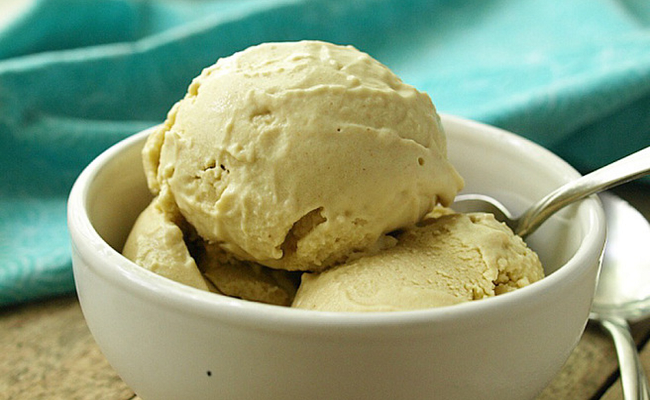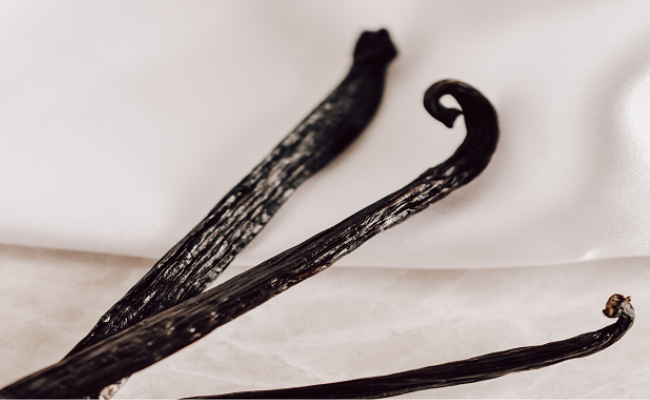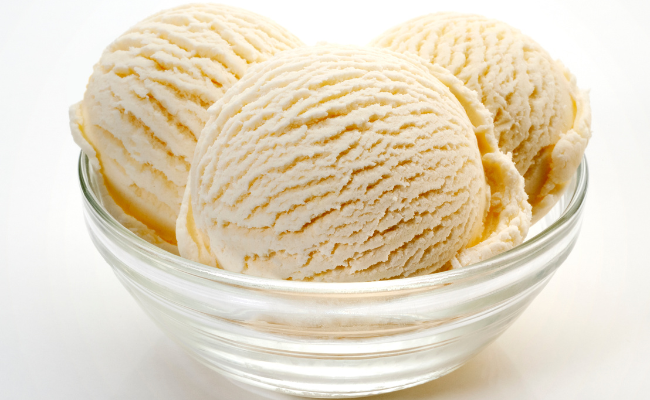French Vanilla vs. Vanilla: What’s the Difference?
Every time I eat vanilla ice cream, a sweet wave of nostalgia sweeps over me. Undoubtedly, vanilla is considered a classic and “iconic” flavor that both older folks and Gen Zs can relate to.
As simple, pure, and unpretentious as it is, vanilla is a versatile flavor used in many desserts such as cakes, pastries, candies, and other decadent treats. As much as I love vanilla ice cream, I also love French vanilla ice cream.
However, there needs to be more clarity between vanilla and French vanilla. Is French vanilla and vanilla related to one another? Is French vanilla better and more robust in taste?
Scroll down this article to learn more about the two vanilla flavors. Share this information with buddies and lovers who appreciate fine food, desserts, and great flavors!
What are the differences between vanilla and French vanilla?
So many people are asking this great question. Vanilla and French vanilla are unquestionably two different flavored ice creams. However, both add vanilla extract made of ground and dried vanilla beans.
Vanilla ice cream is white in color, lighter, and sweeter. French vanilla ice cream is creamier in texture.
French vanilla is mainly a custard-based type of flavored ice cream. Like vanilla, it has vanilla extract and specks of vanilla beans. In addition, French vanilla has egg yolks, providing the ‘custard-like base’ gives the ice cream a golden and creamy color. Nielsen-Massey Vanillas, Inc. CEO Craig Nielson notes that the eggs add a richer and deeper note to the French vanilla flavor.
Many French cooks have been using vanilla since the 16th century. But in the 19th century, many vanilla plantations were established in several French colonies, resulting in a steady supply of beans. Many recipes use vanilla, including vanilla custard, the base of French vanilla ice cream.
During that time, anything related to ‘French’ was regarded as ‘luxurious,’ hence, the association with French vanilla.
Is French vanilla from France?
No. French vanilla did not originate from France; just as French fries, and French bread did not come from France as well.
In addition, French vanilla is not named after a vanilla bean variety. The French vanilla bean does not exist.
French vanilla pertains to a method of making ice cream. Its ingredients are whole eggs, sugar, and egg yolks. While the egg yolks are ‘slow-cooked,’ the other ingredients are whipped for a richer and smoother texture. Overall, French vanilla has a creamier, buttery texture and milder taste that lingers on the palate.
On the other hand, vanilla ice cream does not have an egg yolk base. It is lighter and a lot sweeter than its French vanilla counterpart.
Where does vanilla come from?
Historically, vanilla beans are from orchids that originated in Mesoamerica. The Totonacs of Mexico’s east coast were the first to cultivate the plant. In 1841, 12-year-old Edmond Albus, an enslaved child, discovered that the plant could be hand-pollinated. You can find variations of vanilla orchid all over the world.
Vanilla grew 10 to 20 degrees north and south of the equator. Vanilla comes from vanilla pods. As such, the spice is produced abundantly, specifically in Madagascar, Mexico, and Tahiti.
Like chocolate, wine, and coffee, vanilla produced in specific areas has a distinct flavor profile. Factors like climate, soil, and curing methods influence the flavor significantly.
Madagascar vanilla has a creamy, sweet flavor. On the other hand, vanilla from Mexico has a hint of spice and sweet notes. Tahitian vanilla is notable for its fruity and flowery qualities. Madagascar vanilla, also known as bourbon vanilla, is the most popular vanilla species in the world today.
Next to saffron, vanilla is the second most expensive spice in the world. Producing vanilla is labor-intensive. Apart from flavoring treats and other baked goods, the sought-after spice is also used in making perfumes, skincare products, and aromatherapy.
Surprisingly, the first American recipe-for vanilla ice cream was in Mary Randolph’s The Virginia Housewife in 1824.
What is Philadelphia ice cream?
Philadelphia is famous for its cream cheese as well as its ice cream. Commonly known as New York or American ice cream, Philadelphia ice cream has cream and sugar only, minus eggs.
Traditionally, most ice creams in the US have eggs, sugar, cream, milk, and flavorings.
With cream and sugar as the main ingredients, Philadelphia ice cream has an airier and lighter texture than French vanilla ice cream or Italian gelato.
The name ‘Philadelphia ice cream’ was an invention earlier in the American revolution. It is a more straightforward ice cream without the tedious process of making a custard.
In 1861, a Quaker schoolteacher, Louis Dubois Bassett, made his ice cream using a mule-powered churn and sold it at his New Jersey farm. He was selling his top-quality ice cream at 5th & Chestnut Streets in Philadelphia by 1885. And finally, by 1893, the Quaker schoolteacher opened Bassett’s Ice Cream shop at the Reading Terminal Market.
Related Articles
Bassett’s ice cream is popular as America’s oldest ice cream brand. Surprisingly, you can still find the same iconic ice cream shop today at the Reading Terminal Market.
Conclusion
Whether you are a classic vanilla fan or have a big penchant for the creamier French vanilla, one thing is sure: enjoy the wonderful flavor. Enjoy the distinct taste in every ice cream scoop, every milkshake, or in every slice of cake! You will surely love both flavors in every form.




